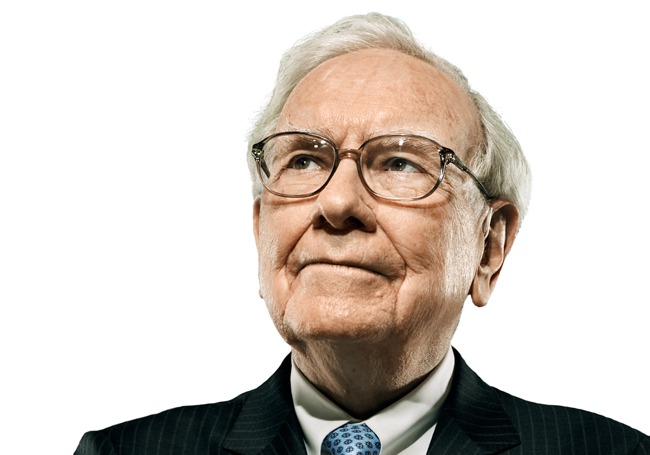There is a stock I looked at a few years ago that has always stuck in my mind, and that is London based Premier Foods ($PFD.L). To me it is the perfect simple example of how even a great business can be destroyed by leverage. Before the crisis it was a company that had so much going for it, a producer of many reputable food brands in the UK with a moat worthy of giants like Pepsi. But in 2006 the management and board made a catastrophic decision. They engaged in the leveraged buyout of two competitors, which resulted in Premier becoming the largest food supplier in the UK. This was supposed to be a transformational point in the history of the company, and it certainly was….for all the wrong reasons. Premier is a story of what happens when a company has everything going for it, but is sunk by too much leverage and bad management.
There was once a time when a moat was one of the best defenses of a castle. It slowed down attacking troops or bottle-necked them into a narrow route of attack. However times change, and nowadays with the advent of both artillery and aircraft a moat has little use. Such is the way with competitive “moats” in business; what was once insurmountable suddenly becomes insignificant. I was reminded at the weekend of one of my favorite shops growing up – Argos ($HOME.L), a UK catalogue retailer, and began thinking about its once great moat. Unlike most catalogue retailers, Argos had physical stores where you would buy their products, rather than ordering over the phone. You would also pick up a catalogue to take home and browse through at your leisure when looking for gift ideas or something you needed. Most houses contained an Argos catalogue and back in the day, if you suddenly realized you needed something, whether it was while cooking, seeing an advert on TV etc, you would usually go first to the catalogue and check out how much it was. But that moat didn’t last forever and here are two big things in the future that I think will destroy lots of company moats in a similar way.
Last week Warren Buffett was frank on CNBC and admitted that he made a mistake investing in Tesco ($TSCO.L). It’s hard to argue with him, shares in Tesco have gone only one way since he first invested in them in 2007.
I myself am among the unlucky Tesco shareholders, however was fortunate in early 2013 to realize my folly and sell almost all my shares (and even make a small profit). Though Tesco made many obvious mistakes such as its failed entry into the US market, it is actually its home market, the UK, which has contributed to its disastrous share price performance. I think the tale of Tesco highlights some important areas of danger that investors often fall foul of, particularly relying on financial metrics while giving too little thought to qualitative factors of a company and how it does business.
I like to think of myself as open-minded, I try to not to let my pre-existing biases get in the way of learning new things and new ideas. But I also like to think of myself as a skeptic – unless someone can show evidence or proof that an idea is correct, I’ll have a hard time accepting it.
So when it comes to Technical Analysis you can see why I am of two conflicting minds. Like most value investors, I have a tendency to dismiss TA and just focus on valuation, but after attending some friendly get togethers with other investors in London I discovered there are people out there that have been using TA to make money for decades – maybe there is something to this TA after all?
I recently ran one of my stock screens in the US to try and find some overlooked companies and I came across one company, Flanigan’s Enterprises ($BDL) which runs a chain of restaurants. It appeared cheap on an EV/EBITDA basis, but on further investigation wasn’t appealing. I wanted to go over it because it’s a great example on how investors can get caught out relying on such multiples without doing further research. The problem is: when is a company’s cash really free cash and not an essential business asset?
I follow quite a few blogs, it’s a great way to get ideas for investments without doing much work. I don’t usually follow bloggers into investments, it’s rare for me to be convinced of a thesis and all too often I find myself unable to get over some fundamental issue I have with the investment. But in the last couple of weeks I’ve seen an unusual number of ideas that I really liked. Firstly I thought I’d share my favorites with you.
I then started thinking, I follow a lot of blogs where the authors have impressive track records and I trust their judgement even if I don’t invest in everything they do. I wondered how I would perform if I skipped due diligence and just made investments in their recommended stocks, spread out over a few blogs to minimize the risk. So I thought I’d do a blog experiment.
Michael Burry is one of those investors that is famous in certain circles, yet most people have never heard of him. Burry was able to secure a return of almost 250%, in a period the S&P was actually down and he grew his fund to $500m under management. He also made a fortune during the financial crisis by recognising the impending collapse of sub prime mortgages. This is a short bio of his investing career as well as some of his early blog posts so you can see how he analyzed investments.
Last time I went through a case study on Tenneco and valued it as if I had found it in early 2010. Now it’s time to go through what actually happened to the company and whether my valuation was correct.
I came across a company which I thought would make an interesting case study – it is one where a high amount of debt is in play – which I usually pass on but not today. I will go through my valuation as if I had found it in 2010, and give readers the information they need to do their own valuation with me. Then we’ll see who’s right!
Investors learn a lot of lessons from their mistakes, but that’s a pretty costly way to learn. One of my preferred methods of learning is from the mistakes of others, and that’s why I like to write case studies about investments that have been subject to interesting events.
One of these investments is Silverdell plc (LSE:SID). Investors in this company, including at least one professionally managed value investment fund, thought they were getting good value for their money, until they suddenly without warning lost their entire investment. Don’t think this can’t happen to you, learn from their mistakes and improve your chances.









